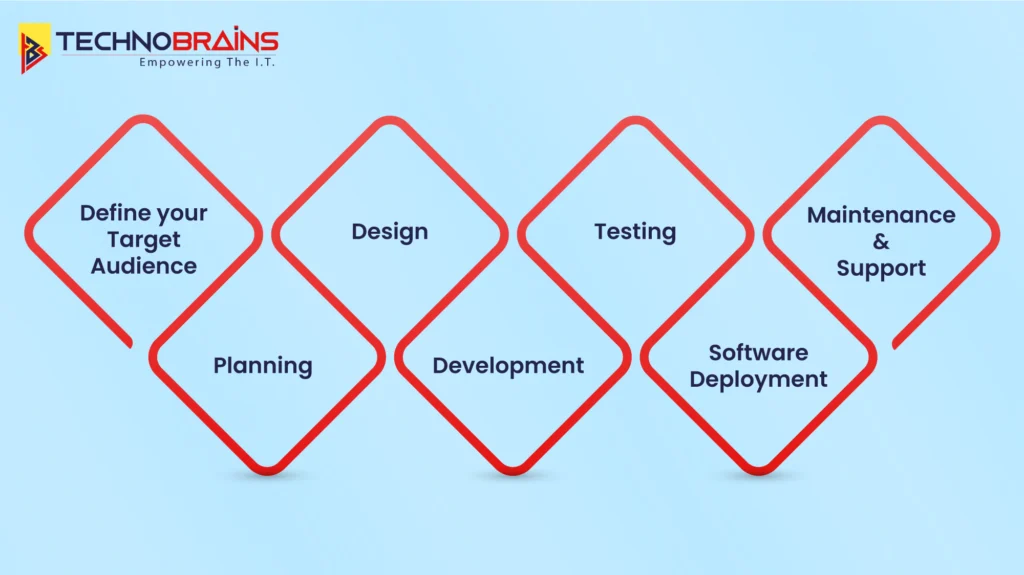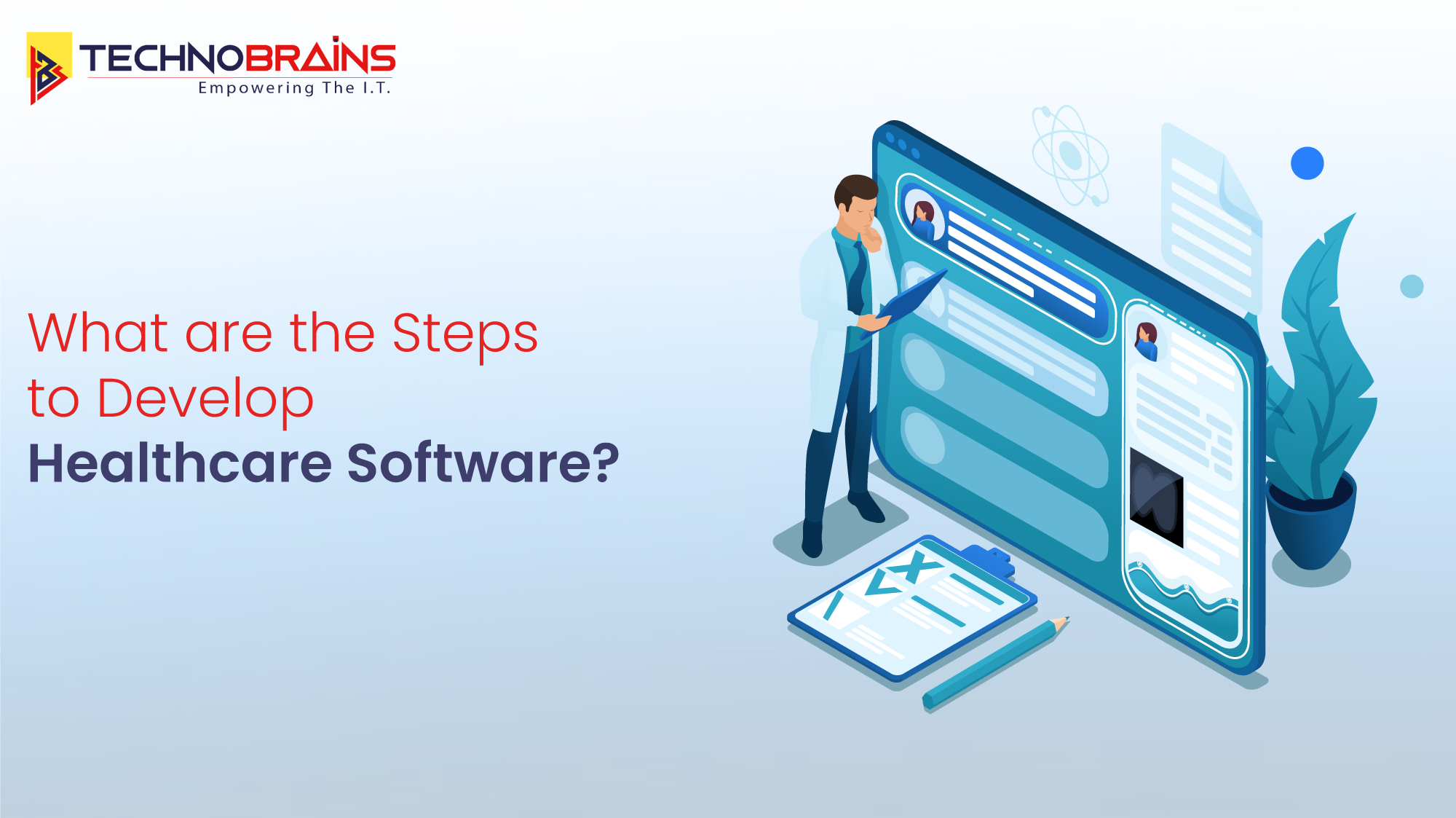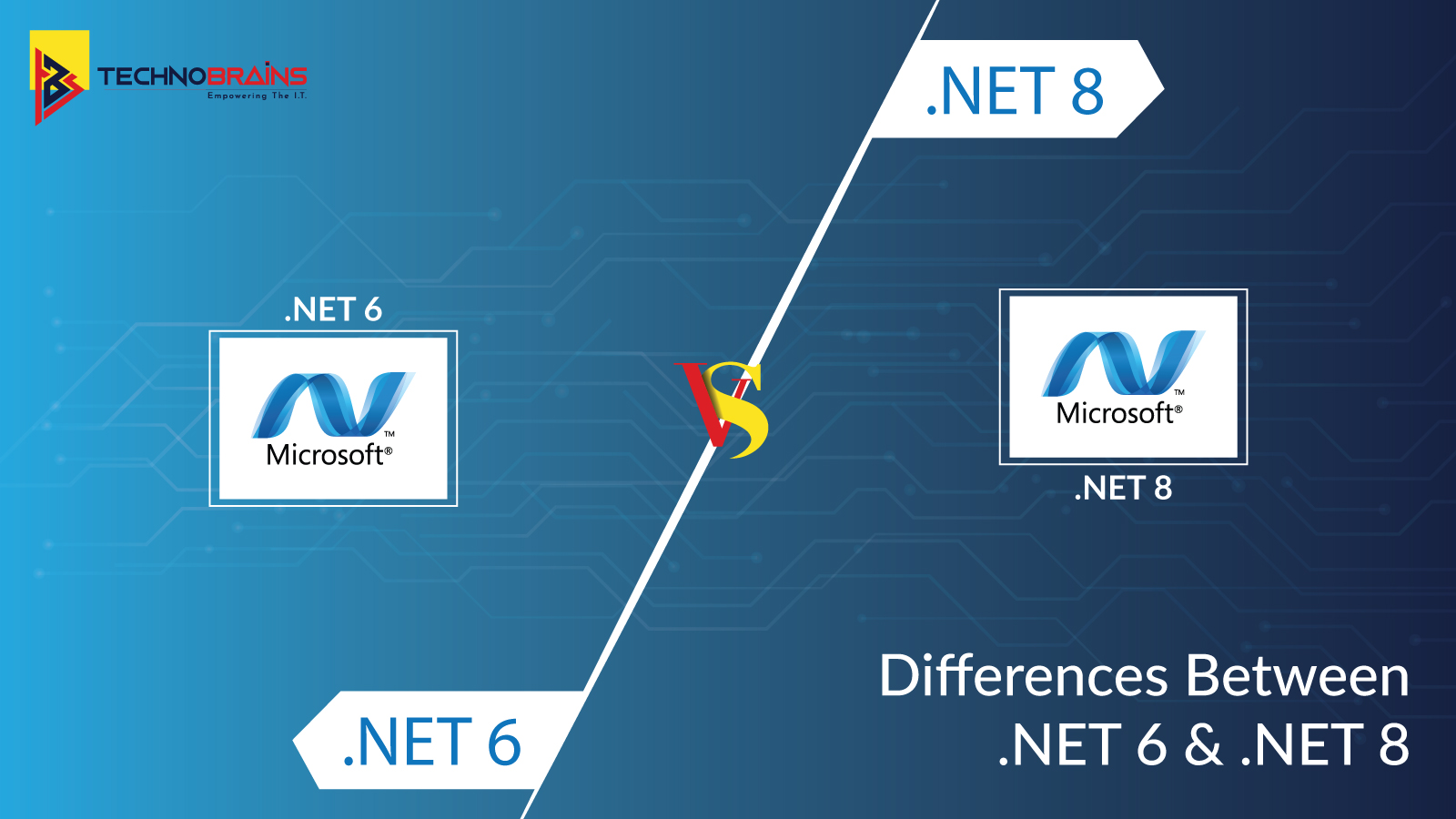Get 40 Hours Free Developer Trial
Test Our Developers for 40 Hours at No Cost - Start Your Free Trial →
Healthcare software is crucial in modern medicine. There are several reasons behind its significant growth. First, it streamlines the work of medical professionals by handling routine tasks and organizing clinical workflows, thus allowing more time for patient care. Electronic Healthcare Record offers a comprehensive view of patient data, aiding in accurate diagnoses and treatment planning. Furthermore, innovations in fields such as telemedicine and remote monitoring empower patients to take a more active role in their healthcare, ultimately improving the quality of care.
Consider this essential guide as we discuss the steps to develop a healthcare software, showcasing our approach to the process of developing proper healthcare Software.
How to Develop Healthcare Software?

Let’s discuss the essential steps to build Healthcare Software.
Step 1: Define your Target Audience
The first and foremost step is to define your target audience. Identify a significant and common issue that medical staff or patients face, and then create a solution for it. Take your idea to your target audience to collect their input and refine your concept. Apart from serving medical professionals and patients, it’s important to narrow down the target audience to more specific groups. By creating different personas, you can tailor your application to the right user base.
Read Also, An Ultimate Guide for Healthcare Software Development.
Step 2: Planning
Planning involves the second step in healthcare software development. Developing a proper plan ensures budget allocation, delivery schedule, outlining milestones. Start with some solutions available to fulfil your needs. Critically analyze the strength and weakness of the software. Ensures the rules and regulations while creating the healthcare software. During this phase, software developers document in detail the software’s functionality and operations.
This requires solid technical skills, extensive knowledge of the healthcare sector, and a strong focus on user preferences. This process is also known as “requirement gathering.” Software development commences with compiling a list of requirements from patients and healthcare professionals. To achieve this, it is crucial to understand the problems and determine the different types of healthcare software.
Step 3: Design
After Planning, Designing is the important step to consider to prepare a few wireframes to decide on the final look. Create intuitive and user-friendly interfaces to consider the diverse users in healthcare. The process of designing medical software starts with clearly defining the software requirements, which forms the basis of the project and heavily influences its success. Developers start by creating a simple schematic that outlines every significant aspect of the application.
The developers proceed to build the user interface by creating a clear and straightforward navigation path. This ensures that healthcare practitioners will find the application easy to use. The next step in UX improvement is to ensure that the program is responsive and performs well. Well-designed user experience can lead to increased software usage and user satisfaction.
Step 4: Development
Development is the fourth step to consider while you are planning to build healthcare software. This stage involves the development of both the frontend and backend, as well as the integration of third-party APIs. The real work begins in the design and development stage. In the initial step, the selected team creates a prototype of the medical software.
Importantly, the experts involved, including developers, testers, and project managers, ensure that the custom software adheres to the entire project’s guidelines. It offers realistic user experience to enable stakeholders, allowing them to give effective feedback on design, usability and functionality. All of these steps are taken to ensure that the final medical software meets the standards and policies of various medical agencies.
Also Read, Roles and Benefits of AI Healthcare Software in Patient Care.
Step 5: Testing
After development of the software, it must undergo rigorous testing to ensure it is secure, functional, and meets all the requirements. This involves unit testing, integration testing, and system testing. Every software needs to be tested to ensure proper functionality.
In medical software testing, extensive testing is done to verify the software for various activities. If the software is successful, it is prepared for implementation. This stage is critical, as developers and other experts must debug and fix errors and usability problems. All these steps are taken to minimize any future issues that might arise when using the medical software.
Step 6: Software Deployment
After completing comprehensive testing, a healthcare software development agency can prepare for the launch and deployment of the software. Conduct a final round of testing to ensure all components function correctly and that the software is ready for production use. Afterwards, create user accounts, establish user roles and permissions, and confirm that the software’s security measures are in place. Deploy the software to the target environment to ensure it is accessible to authorized users.
Step 7: Maintenance and Support
Maintenance and Support is the last step in the development of Healthcare Software. Both users and IT staff should report any problems they encounter. These issues will be monitored until a solution is found. The software will be thoroughly tested to ensure that the changes have not introduced any new issues and that it still meets the required standards. Updates will be compiled and distributed to users according to a predetermined process.
Additional support ensures the effective use of software. Maintaining and updating the software ensures the efficiency of the software. Providing timely technical support, monitoring performance, staying informed about regulatory changes, and gathering user feedback are essential steps in this process.
Wrapping Up
Healthcare software development is an exciting field filled with knowledge and adventure waiting to be discovered. It’s important to set clear goals and keep them in mind at all times, as they will guide you through any challenges that may arise.
As a top software development company, TechnoBrains offers custom healthcare software development solutions, streamlining patient management systems, enhancing clinic decision support systems, and allowing healthcare practitioners to develop their operations.
Still, Stuck with Questions? Contact Us and get all your answers.








